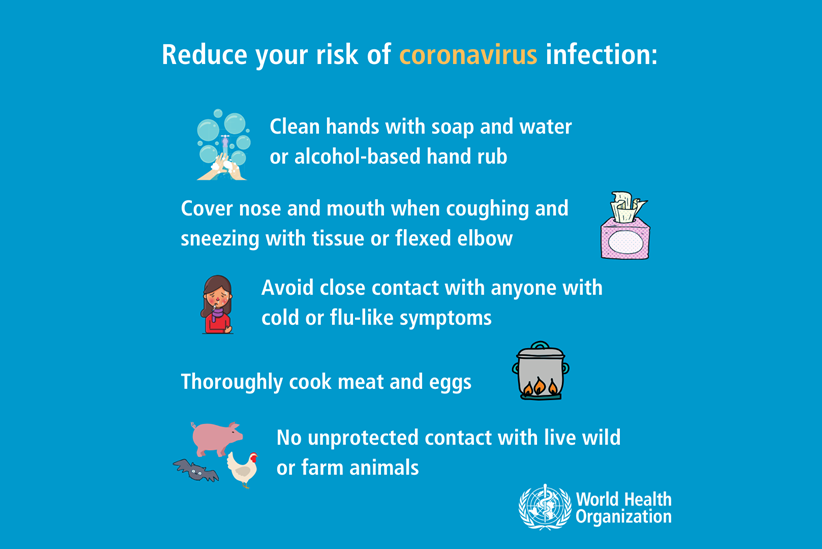Point, Click and SHARE! Photos From an RVNAhealth Travel Client
Evaluating Caregivers and Caregiver Agencies
Not all non-medical caregiving agencies are created equal. There is a significant difference in quality across agencies, and there are significant differences in the qualifications and expertise of individual caregivers.
At RVNAhealth StayWELL non-medical services, caregiving is provided primarily by Certified Nursing Assistants (CNAs) and Home Health Aides (HHAs). “It is absolutely critical to us to offer the highest quality, and most consistent care to our clients,” says Melissa Woodhouse, Director of RVNAhealth StayWELL services. “By hiring trained and licensed caregivers, we know that they have education and experience behind them even before we begin our own screening and orientation processes.”
In addition to standards of caregiver training and experience, it is also important to understand an agency’s hiring and screening processes when considering hiring a caregiver with that agency. RVNAhealth directly employs its non-medical caregivers, ensuring all are background checked, bonded, and insured. Additionally, all caregiver work is under the supervision of an RVNAhealth licensed nurse and occupational therapist, who develop and actively manage a client’s plan of care.
Unlike RVNAhealth, many agencies provide caregivers as independent contractors. In independent contractor scenarios, caregiving may not be supervised, and families may also assume risk of caregiver wages, taxes, and personal injury.
There are many decisions to make when considering having a caregiver at home. In a world with vast differences in non-medical caregiver experience levels and agency quality, seek experienced and agency-employed caregivers to ensure quality care for you or your loved ones.
Give Where You Live – Support RVNAhealth on Fairfield County’s Giving Day!
A Tale of Two Diets – a Primer on Intermittent Fasting and the Ketogenic Diet
Cast Your Ballot for RVNAhealth!
A Day in the Life of an Intermittent Faster…
Essential Health and Travel Safety Precautions
Novel Coronavirus 2019-nCoV Basics
The 2019-nCoV is a novel strain of a common family of viruses called coronaviruses. Coronavirus infections are most prevalent during the winter months and range in severity from the common cold to more virulent strains.
The Coronavirus presents as a mild to moderate upper-respiratory tract illness like the common cold. Symptoms may include fever, cough, difficulty breathing, runny nose, headache, sore throat, and a general feeling of being unwell.
Coronavirus information and updates are being released up-to-the minute by such global health organizations as the Centers for Disease Control and Prevention and the World Health Organization.
These sources offer timely, measured information, recommendations for prevention and treatment, information for travelers and recommendations for action.
In addition to staying informed, follow standard health and travel safety measures
(with increased rigor), and stay up to date with all recommended vaccines (include flu and travel-related immunizations).
If you have any questions or concerns, please contact RVNAhealth Community Nurse Manager, April Rodriguez, RN.
Tips for Understanding and Tracking Your Blood Pressure
Did you know that one in three U.S. adults has high blood pressure? By 2030, it is expected that over 41 percent of U.S. adults will have this condition. The normal blood pressure for adults age 20 or over is no higher than 120/80 mm Hg (millimeters of mercury).
The first number in your blood pressure reading is always larger and refers to systolic BP (the pressure in the arteries when the heart beats). The second number in the reading is always smaller and refers to diastolic BP, the pressure in the arteries when the heart rests between beats and refills with blood.
RVNAhealth offers blood pressure screenings throughout each month. View our Community Events Calendar for dates, times and locations.
The infographic below from the American Heart Association is a handy source for understanding your blood pressure and recommendations for ensure that you get a proper reading.


Recommendations include:
- Don’t smoke, exercise, drink caffeinated beverages or alcohol within 30 minutes of measurement.
- Rest in a chair for at least 5 minutes with your left arm resting comfortably on a flat surface at heart level. Sit calmly and don’t talk.
- Make sure you’re relaxed. Sit in a chair with your feet flat on the floor with your back straight and supported.
- Take at least two readings 1 minute apart in the morning before taking medications, and in the evening before dinner. Record all results.
- Use properly calibrated and validated instrument, check the cuff size and fit.
- Place the bottom of the cuff above the bend of the elbow.










